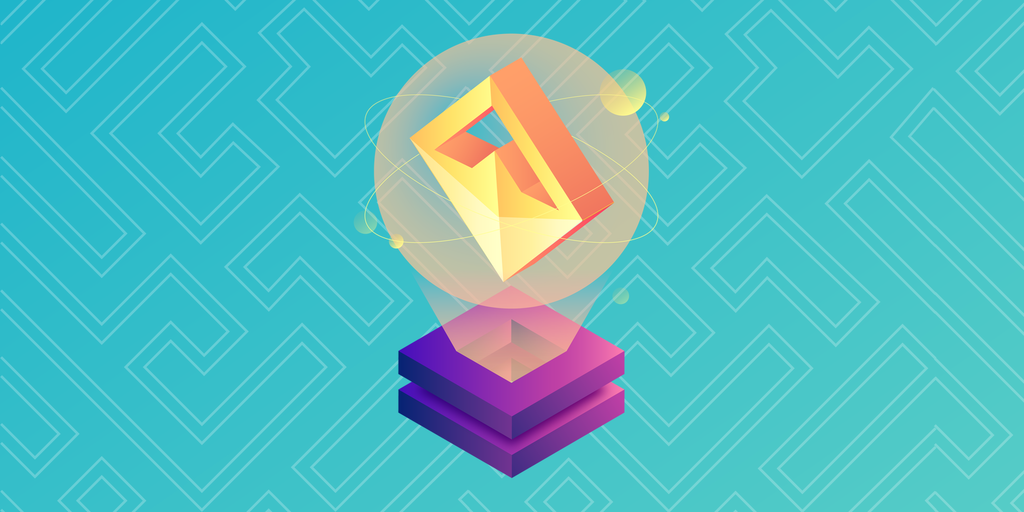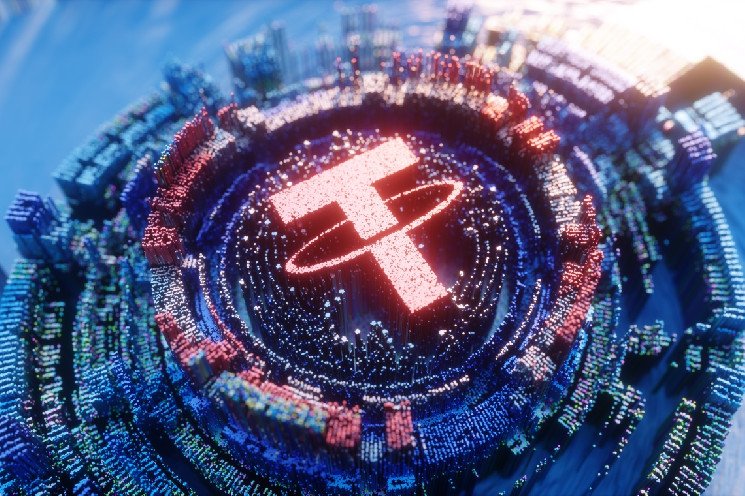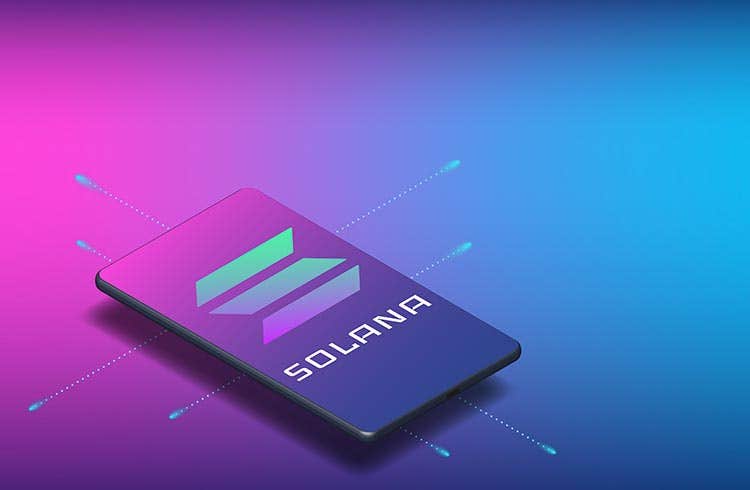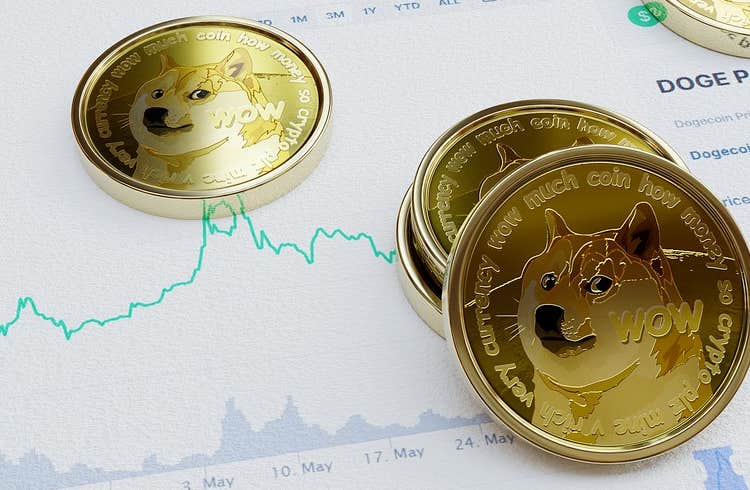Table of Contents
There are plenty of stable digital currencies available, but only one can claim to be widely used, decentralized, and trustless. In this article, we find out why DAI stands out from the rest of the stablecoin pack.
Crypto with steady value isn’t new or rare. Tether has been around for years and is by far the largest stablecoin available. We also have stablecoins such as USDC, PAX, Gemini Coin, and Facebook’s upcoming Diem (formerly Libra) all competing to be the stable cryptocurrency of choice, but they all rely on trusting someone to honestly keep dollars in the bank. DAI changes that.
What is DAI?
DAI is an ERC20 token on the Ethereum blockchain that has a steady value of one US dollar. It is also the key to the MakerDAO lending system. When a loan is taken out on MakerDAO, DAI is created. It’s the currency users borrow and pay-back.
Once DAI is created, it functions simply as a stable Ethereum token. It can be used to pay for things and is easily transferred between Ethereum wallets.
Who Invented DAI?
DAI is a product of MakerDAO, which was founded by Rune Christensen, the current CEO.
What’s so special about it?
The price of DAI is kept in check through a system of smart contracts automatically executing themselves. If the price of DAI fluctuates too far from one dollar, Maker (MKR) tokens are burned or created in order to stabilize the price of DAI.
MakerDAO’s algorithms automatically manage the price of DAI so no one person needs to be trusted to keep the currency steady. If the system works as intended and one DAI equals one US dollar, MKR holders benefit because the total supply of MKR decreases–making MKR more rare and valuable.
To date, DAI has remained stable for over three years with only minor fluctuations from its one dollar price peg.
What else is different?
Since DAI is simply a token on Ethereum, anybody can use or build with DAI without permission. As an ERC20 token, DAI functions as a building block that can be incorporated into any decentralized application (dapp) needing a stable asset or payment system.
Developers can also wrap DAI in different smart contracts and modify it for different uses. For example, xDAI takes DAI and puts it on a superfast and low-cost sidechain to make transfers and payments easier and more efficient. Chai and rDAI takes normal DAI, puts it in an interest generating pool, and lets users control what happens to the interest as it accumulates.
How is DAI produced?
DAI is created whenever someone takes out a loan on MakerDAO. DAI is destroyed when loans are paid back.
How do you get hold of DAI tokens?
The most direct way to get DAI is by taking out a loan on MakerDAO’s Oasis platform. You can also trade DAI on that same platform or use a centralized exchange such as Coinbase.
What can you do with DAI?
One of the main uses for DAI is as a stable hedge or counterweight against the volatility of more popular crypto-assets such as Ethereum or Bitcoin. The stable value of DAI means it is good for investors or traders who believe the market is about to go down.
Since DAI is stable, it’s also one of the most ideal crypto assets to spend. The Coinbase Card allows users to spend DAI and other crypto assets by converting the crypto into fiat on a Visa card. If you are in the UK or Europe, you can also spend DAI using the Monolith Visa debit card.
DeFi and DAI
The 2020 boom in decentralized finance (DeFi) has seen DAI emerge as one of the most popular assets in the DeFi ecosystem. A number of services have emerged offering to lend on DAI deposits.
- Coinbase customers from the US, UK, Netherlands, Spain, France, and Australia can earn two percent a year on their DAI deposits.
- A dapp dubbed dPiggy not only allows users to earn interest, but also have their returns automatically used to purchase a variety of crypto assets at the end of each month.
- Bitcoin can now also be used to generate DAI.
Stablecoins in the crosshairs
A market crash in March 2020 threatened DAI’s stability, and developers introduced a controversial feature to allow it to maintain its peg aided by another stablecoin, USDC.
Then, in July 2020, an upgrade to one of the major DeFi lending protocols again caused DAI to come off its peg, and the community voted to increase the system’s debt ceiling. The following month, it voted to prioritize GUSD, BUSD, and eight other tokens for inclusion as collateral, which would allow them to be used to create DAI, and create more liquidity.
Most recently, regulators have turned their attention to stablecoins; in the US, the proposed STABLE Act would hold stablecoin issuers to some of the same standards as banks.
Legislation of this kind could have serious consequences for a decentralized stablecoin such as DAI. Peter Van Valkenburgh, research director at crypto advocacy non-profit CoinCenter, argues that were the STABLE Act (or something like it) to pass, DAI validator nodes could find themselves in violation of the law unless they’re a chartered bank.
The Unintended(?) Consequences of the STABLE Act https://t.co/0gvmqrlUzC
— Coin Center (@coincenter) December 3, 2020
Nonetheless, geopolitical upheaval is making stablecoins more popular than ever; when Argentina imposed a new 35% tax on all purchases made in US dollars, DAI trading volume spiked on local exchanges on the news.
The Future
MakerDAO is working hard to brand DAI as the “world’s first unbiased currency” and it’s starting with the logo, which it wants to be as ubiquitous and recognizable as symbols for the dollar ($), euro (€), and pound (£).
In the quest to become the first trustless mainstream currency, DAI will have to be adopted and used by millions of people–a task requiring not only branding, but also marketing and education. Though not an easy task, no other stablecoin is better positioned to make it happen.























